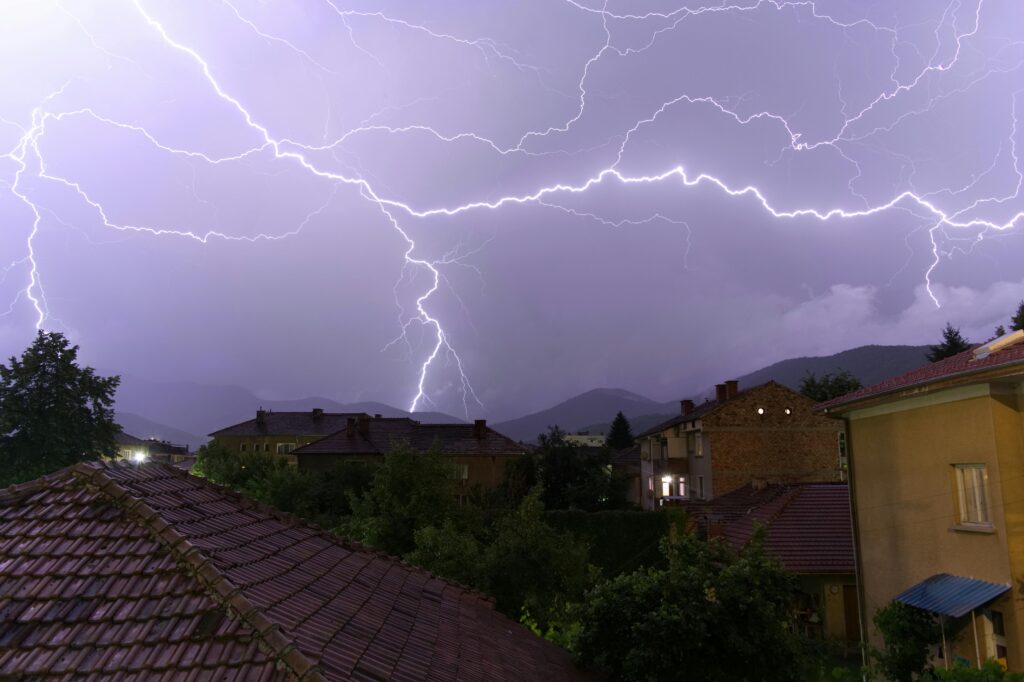Understanding Weather Alerts
Weather alerts are crucial notifications that inform the public about impending severe weather conditions. These alerts are issued by meteorological agencies and can range from general advisories to specific warnings, depending on the severity of the threat.
For example, a tornado warning indicates that a tornado has been sighted or indicated by radar, while a flood advisory alerts individuals to potential flooding in their area. Staying updated with these alerts can be the difference between safety and disaster during extreme weather events.
Types of Severe Weather Threats
Severe weather can manifest in various forms, each presenting unique risks to safety and property. Common threats include hurricanes, tornadoes, thunderstorms, and winter storms, each requiring different preparedness measures.
For instance, hurricanes can lead to flooding and wind damage, making it essential to have an evacuation plan and emergency supplies ready. On the other hand, winter storms may cause power outages and dangerous road conditions, emphasizing the need for winter preparedness kits and safe driving practices.
Emergency Preparedness Tips
Being prepared for emergencies involves more than just staying informed about weather alerts; it requires proactive planning and resource management. Individuals should develop an emergency plan that includes communication strategies, evacuation routes, and essential supplies.
For example, keeping a stocked emergency kit with food, water, medications, and first-aid supplies can significantly enhance safety during a disaster. Regularly reviewing and practicing your emergency plan ensures that all family members know what to do when severe weather strikes.
Resources for Staying Updated
In today's digital age, there are numerous resources available to help individuals stay informed about weather conditions and alerts. From official weather service websites to mobile apps, accessing timely information is easier than ever.
Additionally, local news stations often provide real-time updates and emergency broadcasts during severe weather events. Subscribing to local alert systems can also ensure that you receive immediate notifications about relevant weather threats in your area.

